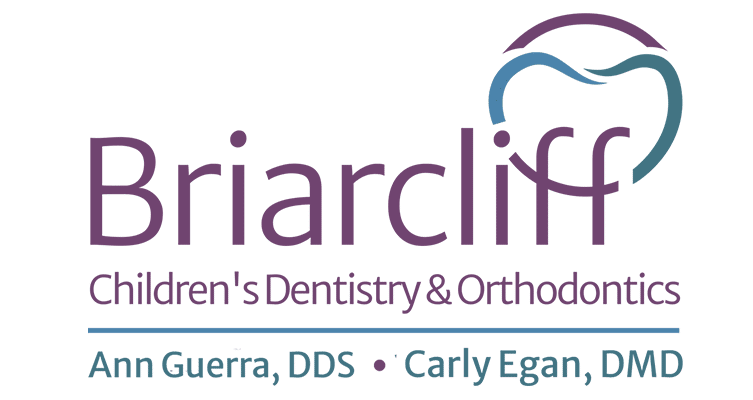Recent Posts
Contact Us
Briarcliff Children's Dentistry & Orthodontics
Address
77 Sunset Dr
Briarcliff Manor, NY 10510
Phone
Tel: 914-762-6260 | Fax: 914-762-6284
E-Mail
Hours
Monday | 9am – 5:30pm
Tuesday | 9am – 5:30pm
Wednesday | 9am – 5:30pm
Thursday | 9am – 5:30pm
Friday | Closed
Saturday | 8am - 1pm
Sunday | Closed
